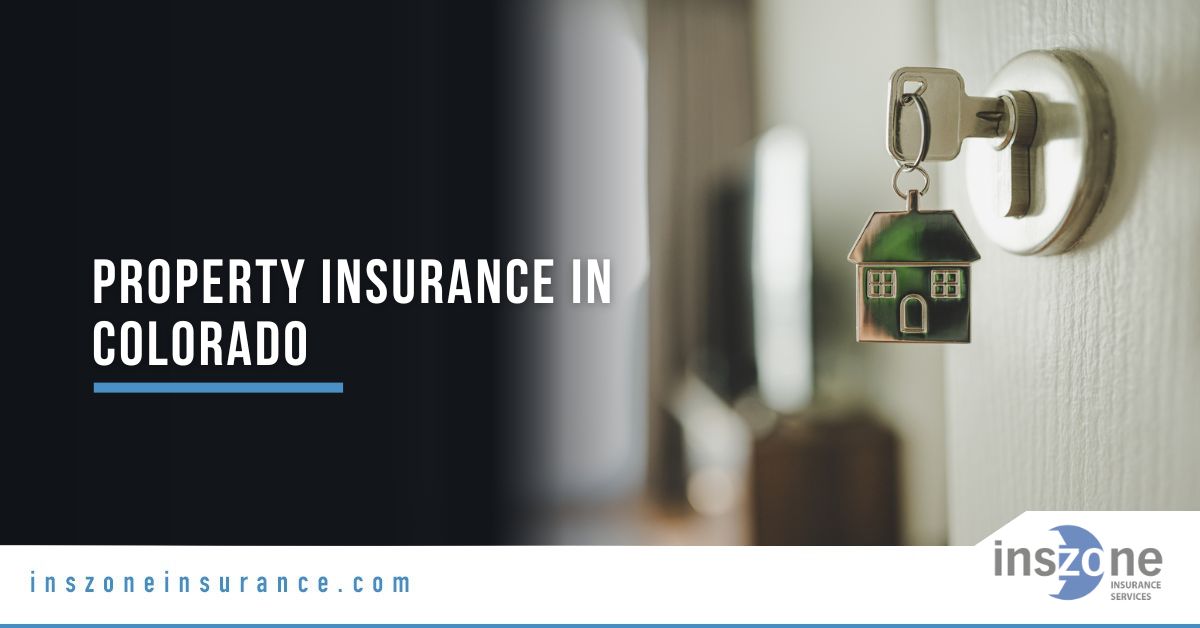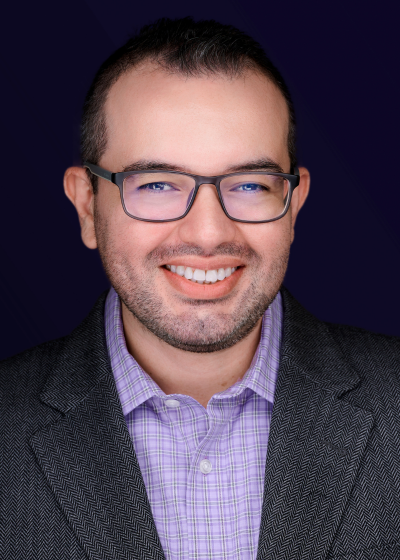Property insurance has become one of the most important—and expensive—forms of coverage in the U.S. In 2025, rising disaster risk, new state laws, and higher repair costs are changing how homeowners and businesses protect their assets. This guide explains what property insurance is, why it matters in Colorado, how the market is shifting, and how to manage costs without sacrificing coverage.
What Is Property Insurance?
Property insurance provides financial protection for structures and their contents against covered perils. Policies typically include:
- Dwellings and other structures (Coverage A & B) for homes, condos, and commercial buildings.
- Personal property or business contents (Coverage C).
- Loss of use or business interruption (Coverage D).
In Colorado, wind and hail are always listed as named perils and usually carry a separate, higher deductible—either a flat $2,500–$10,000 or a 1–5% percentage of Coverage A. Flood and earthquake remain excluded and require separate policies.
Why Is Property Insurance Crucial in Colorado?
| Peril | Impact in Colorado |
|---|---|
| Hailstorms | Colorado ranks among the top states for hail damage. The May 30, 2024 Denver–Aurora storm caused an estimated $2.3 billion in losses. |
| Wildfires | Roughly 321,000 homes face moderate-to-extreme wildfire risk; the 2021 Marshall Fire exposed widespread underinsurance (about 74% of affected households). |
| High-Wind & Winter Storms | Roof damage, ice dams, and power outages continue to drive claims in the foothills and mountain corridors. |
| Flash Flooding | Rapid snowmelt and summer downpours trigger FEMA disaster declarations along the South Platte and Cache la Poudre basins. |
For the insurance industry, high frequency and severity of these events have led to premium increases, higher deductibles, and tighter underwriting.
Who Needs Property Insurance in Colorado?
- Homeowners and condo owners statewide.
- Renters seeking coverage for their belongings and liability.
- Landlords (single-family rentals, multifamily, and short-term rentals).
- Business owners relying on buildings, stock, or equipment.
Risk is most concentrated in “Hail Alley” (Arapahoe, Jefferson, Denver) and wildland-urban interface communities like Evergreen, Boulder foothills, Aspen, and Pagosa Springs.
Where Are Premiums Highest in 2025?
Colorado holds the nation’s fourth-highest average homeowners premium at about $4,600/year, up roughly 58% since 2018. Costs climb further in ZIP codes that combine wildfire and hail exposures. Some foothill and mountain areas report averages well above $7,500/year.
Industry impact: rising catastrophe losses are prompting some carriers to restrict new business or adjust terms in the highest-risk ZIP codes, increasing reliance on public backstops.
How Do Wind/Hail Deductibles Work in 2025?
- Percentage deductibles: 1–5% of dwelling Coverage A.
- Flat deductibles: typically $2,500–$10,000.
Wind and hail are usually bundled—filing a claim for either peril triggers the same deductible. Review your declarations page before storm season to avoid surprises.
What’s New in Colorado Legislation and Market Updates?
- HB 1182 – Wildfire Mitigation Disclosure & Discounts (effective Jan 2026): Requires insurers to publish wildfire-risk scoring models and offer premium credits for verified mitigation (e.g., fire-resistant roofs, defensible space).
- HB 25-1302 – Wildfire Catastrophe Reinsurance Enterprise: Creates a state reinsurance backstop and funds wind/hail-resistant roofing grants to help stabilize premiums.
- State Insurer of Last Resort (launching mid-2025): Offers coverage to homeowners non-renewed or declined by private insurers in high-risk zones, similar to FAIR Plans in other states.
Together, these measures aim to keep carriers in the market, reward mitigation, and improve long-term resiliency.
When Should You Update Your Coverage?
- Annually, or after you remodel, finish a basement, add solar, or buy high-value items.
- After a major hail or wildfire season, when local rebuilding costs may shift.
- When HB 1182 credits become available—submit proof of upgrades for discounts.
How Can You Reduce Premiums in 2025?
- Install Class 4 impact-resistant roofing (many carriers offer 10–20% credits).
- Create and maintain defensible space (30 ft clear zone) and add ember-resistant vents in wildfire areas.
- Use hail-rated skylights and reinforced window screens to reduce frequency of small claims.
- Bundle home and auto policies for multi-policy discounts.
- Apply for Strengthen Colorado Homes grants (funded via HB 25-1302) to offset roof retrofits.

Colorado’s mix of hail, wildfire, and winter storms makes proactive mitigation and careful policy reviews essential in 2025.
Ready to protect your Colorado home or business?
Talk to an Inszone Property Insurance agent today
and get the right coverage for your needs.
Key Takeaways
- Colorado faces elevated property insurance costs driven by hail and wildfire risk.
- Wind/hail deductibles are larger and increasingly percentage-based.
- 2025 legislation introduces mitigation credits and state-backed reinsurance to slow premium growth.
- Homeowners and businesses can reduce costs and gaps by upgrading roofs, creating defensible space, and reviewing coverage annually.
Sources for Further Reading
- Colorado Division of Insurance
- HB 1182 – Wildfire Mitigation Law (coverage & analysis)
- HB 25-1302 – Wildfire Catastrophe Reinsurance Enterprise
- NOAA NCEI – Colorado Billion-Dollar Disasters
- Insurify – States Most Vulnerable to Hail Damage
- National Weather Service – Denver/Boulder Office
- Policygenius – Colorado Wind/Hail Deductibles Guide
- FEMA – National Flood Insurance Program
- Axios – Colorado Home Insurance Market (Jan 2025)





